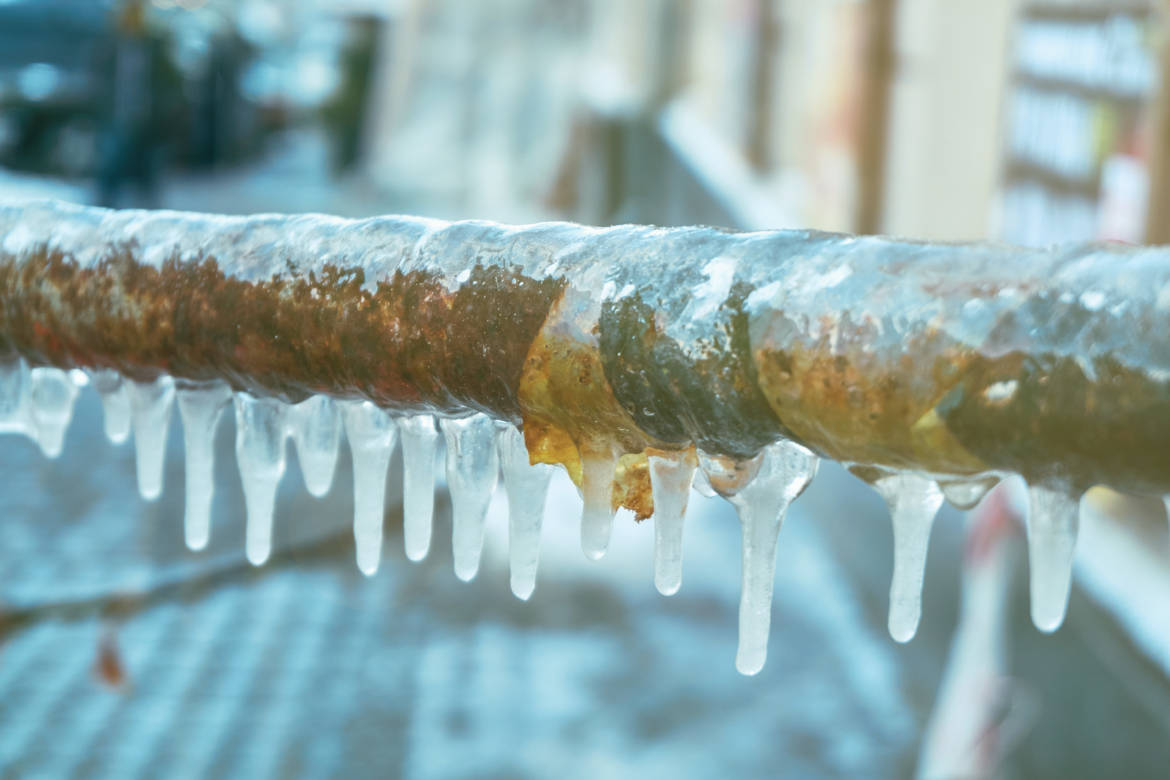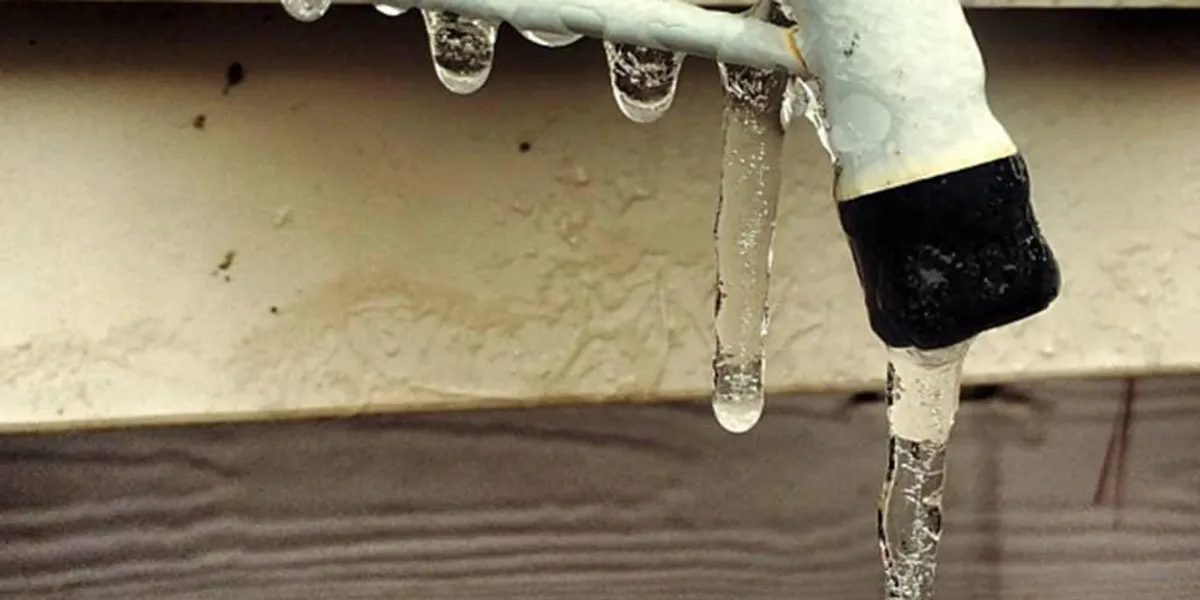Tips to Protect Pipes from Freezing: Expert Advice
Tips to Protect Pipes from Freezing: Expert Advice
Blog Article
This great article further down about 6 Ways to Prevent Frozen Pipes is pretty much interesting. Check it out for yourself and figure out what you think of it.

Winter can wreak havoc on your pipes, especially by freezing pipes. Right here's just how to prevent it from taking place and what to do if it does.
Introduction
As temperatures decrease, the threat of frozen pipes rises, potentially resulting in expensive repair work and water damage. Recognizing just how to avoid frozen pipelines is crucial for home owners in cool environments.
Prevention Tips
Insulating at risk pipes
Cover pipes in insulation sleeves or utilize heat tape to safeguard them from freezing temperatures. Focus on pipes in unheated or outside locations of the home.
Heating strategies
Keep indoor spaces effectively warmed, specifically areas with plumbing. Open cupboard doors to allow warm air to flow around pipes under sinks.
How to recognize frozen pipelines
Try to find decreased water circulation from taps, unusual smells or sounds from pipelines, and noticeable frost on revealed pipelines.
Long-Term Solutions
Architectural adjustments
Think about rerouting pipes far from exterior walls or unheated locations. Add added insulation to attic rooms, basements, and crawl spaces.
Updating insulation
Buy high-grade insulation for pipelines, attic rooms, and wall surfaces. Proper insulation helps keep regular temperatures and minimizes the risk of icy pipes.
Securing Outdoor Plumbing
Yard hoses and exterior faucets
Detach and drain yard hoses prior to winter months. Install frost-proof spigots or cover exterior faucets with protected caps.
Understanding Frozen Pipes
What causes pipes to freeze?
Pipes ice up when exposed to temperature levels listed below 32 ° F (0 ° C) for extended periods. As water inside the pipelines ices up, it increases, putting pressure on the pipe walls and potentially triggering them to rupture.
Dangers and problems
Icy pipes can result in water system disruptions, home damage, and expensive repair services. Burst pipes can flood homes and trigger substantial architectural damage.
Indications of Frozen Pipes
Recognizing frozen pipelines early can prevent them from breaking.
What to Do If Your Pipelines Freeze
Immediate activities to take
If you suspect icy pipes, maintain taps available to soothe stress as the ice thaws. Make use of a hairdryer or towels soaked in warm water to thaw pipelines gradually.
Final thought
Preventing frozen pipes calls for positive steps and fast responses. By comprehending the reasons, indications, and safety nets, property owners can shield their pipes throughout cold weather.
5 Ways to Prevent Frozen Pipes
Drain Outdoor Faucets and Disconnect Hoses
First, close the shut-off valve that controls the flow of water in the pipe to your outdoor faucet. Then, head outside to disconnect and drain your hose and open the outdoor faucet to allow the water to completely drain out of the line. Turn off the faucet when done. Finally, head back to the shut-off valve and drain the remaining water inside the pipe into a bucket or container. Additionally, if you have a home irrigation system, you should consider hiring an expert to clear the system of water each year.
Insulate Pipes
One of the best and most cost-effective methods for preventing frozen water pipes is to wrap your pipes with insulation. This is especially important for areas in your home that aren’t exposed to heat, such as an attic. We suggest using foam sleeves, which can typically be found at your local hardware store.
Keep Heat Running at 65
Your pipes are located inside your walls, and the temperature there is much colder than the rest of the house. To prevent your pipes from freezing, The Insurance Information Institute suggests that you keep your home heated to at least 65 degrees, even when traveling. You may want to invest in smart devices that can keep an eye on the temperature in your home while you’re away.
Leave Water Dripping
Moving water — even a small trickle — can prevent ice from forming inside your pipes. When freezing temps are imminent, start a drip of water from all faucets that serve exposed pipes. Leaving a few faucets running will also help relieve pressure inside the pipes and help prevent a rupture if the water inside freezes.
Open Cupboard Doors
Warm your kitchen and bathroom pipes by opening cupboards and vanities. You should also leave your interior doors ajar to help warm air circulate evenly throughout your home.

I stumbled upon that blog post about Helpful Tips to Prevent Frozen Pipes this Winter while looking around the web. Those who appreciated our blog post please be sure to pass it around. I value reading our article about How to Prevent Your Pipes From Freezing.
Click Here Report this page